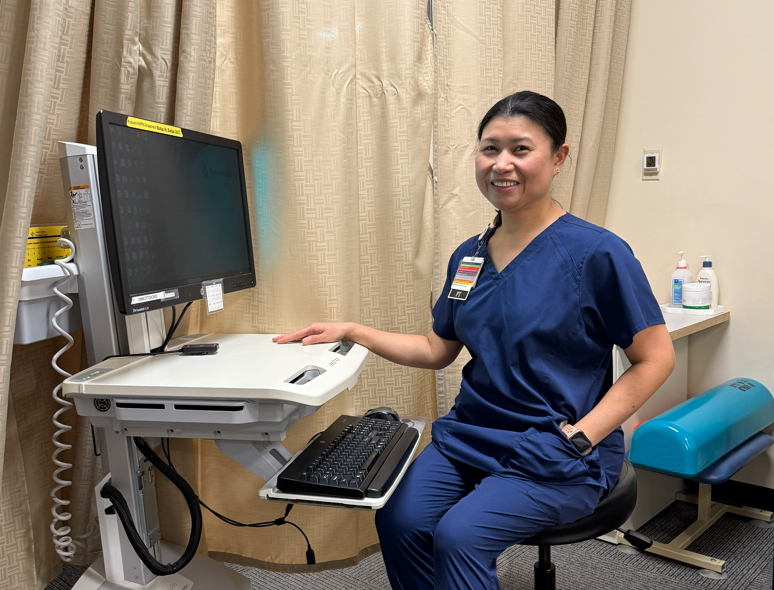By Melissa Fuson and Liz Madison, Vitals contributors
Being hospitalized is not necessarily familiar territory for most people. The experience can be confusing. Keeping track of important details is harder, too, since patients simply don’t feel well.
But a digital-style “study guide” for one’s hospital stay now awaits—and patients don’t have to look farther than their own smartphones for the answers.
Healthcare has become savvier at enhancing the patient experience over the years, leveraging digital capabilities to greater extents. Recently all the hospitals inside Northern California’s Sutter Health network launched Bedside Mobile. Upon admission to their hospitals, patients can access important details about their care through Sutter’s online patient portal, My Health Online. Beforehand the portal had only helped support routine, outpatient health needs like doctor’s appointments, lab work or medical imaging needs. Patients now have the added convenience of viewing details about their hospital stay—from information about the care team, lab results, medications, upcoming tests and recommended educational materials.
In November 2021, Eric Madison had been admitted to Sutter Medical Center, Sacramento for surgery to help address ongoing issues stemming from a congenital heart condition. Fiddling with his phone to help pass the time, he logged into Sutter’s online patient portal. What he saw took him by surprise—a pleasant surprise.

In his free time, patient Eric Madison loves to travel, including a recent trip to Hawaii.
“I was blown away by all the information that was there about my hospital stay,” the 46-year-old said. “It was really helpful to see everything there in real-time. I could see the names of my night nurses who took great care of me. I could see the results from some of my tests. It helped ease some of that stress of remembering everything. I know I could just go back and refer to it later.”
Designated family members and caregivers can also view their loved one’s Bedside Mobile information, providing enhanced patient and family participation in the patient’s care.
Belinda Krstic is a nurse manager at Alta Bates Summit Medical Center’s neonatal intensive care unit in Oakland. She says Bedside Mobile has a been a wonderful tool especially for NICU parents.
“It can be a stressful, overwhelming time for these parents, especially for ones whose babies are with us for weeks or months. Many of them are caring for other children or must travel great distances to and from the hospital during their baby’s stay in the NICU,” she said. “This tool can help lessen the anxiety for parents who can’t be at the hospital 24/7. It’s been a game changer for families.”
Because Bedside Mobile collects all their baby’s care data—feeding times, weight gain, lab results—when parents come in they can focus on bonding with their baby.
“Parents are always involved in care planning—this is just another way to keep them in the loop,” Krstic said. “It’s provided them empowerment, and a sense of control, during a time that can feel very out of control and scary.”
Alta Bates Summit Medical Center’s NICU had been a site where Sutter piloted one of the first phases of Bedside Mobile. Sutter Health’s Chief Digital Health Officer Dr. Albert Chan says those pilots are invaluable. They allow for Sutter’s digital health teams to evaluate and make improvements in a meaningful way based on feedback from both patients and care team members. And it shows in the final product.
“For patients, we’re empowering them with information that is more personalized and easily accessible,” he said. “For providers, these digital tools offer a warm handoff to keep the patient and family as active partners in their care.”
Since Bedside Mobile launched, more than 11,000 patients throughout Sutter’s footprint have taken advantage of the tool. And it’s not just younger people who are using it—patients who are 61 and older make up nearly 50% of all total log-ins.
“In healthcare we often talk about creating new ‘front doors’ for patients to make it easier for them to come to us and access our services,” said Sutter Health Chief Nursing Officer Anna Kiger. “Bedside Mobile is a great example of a tool that isn’t asking patients to come to us; we’re meeting them where they are and making care available and accessible how and when they need it.”





